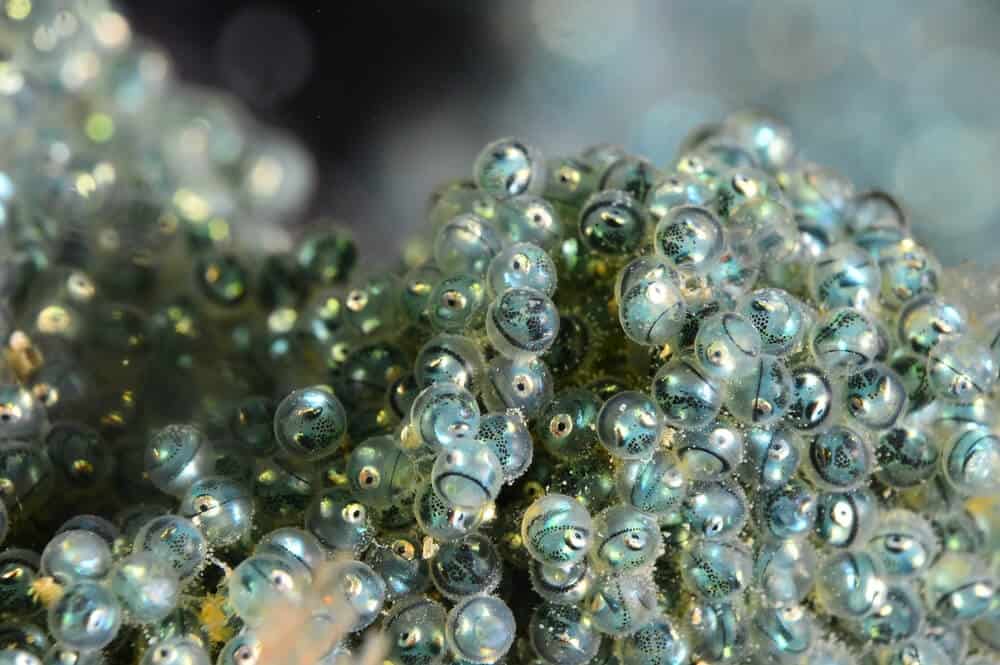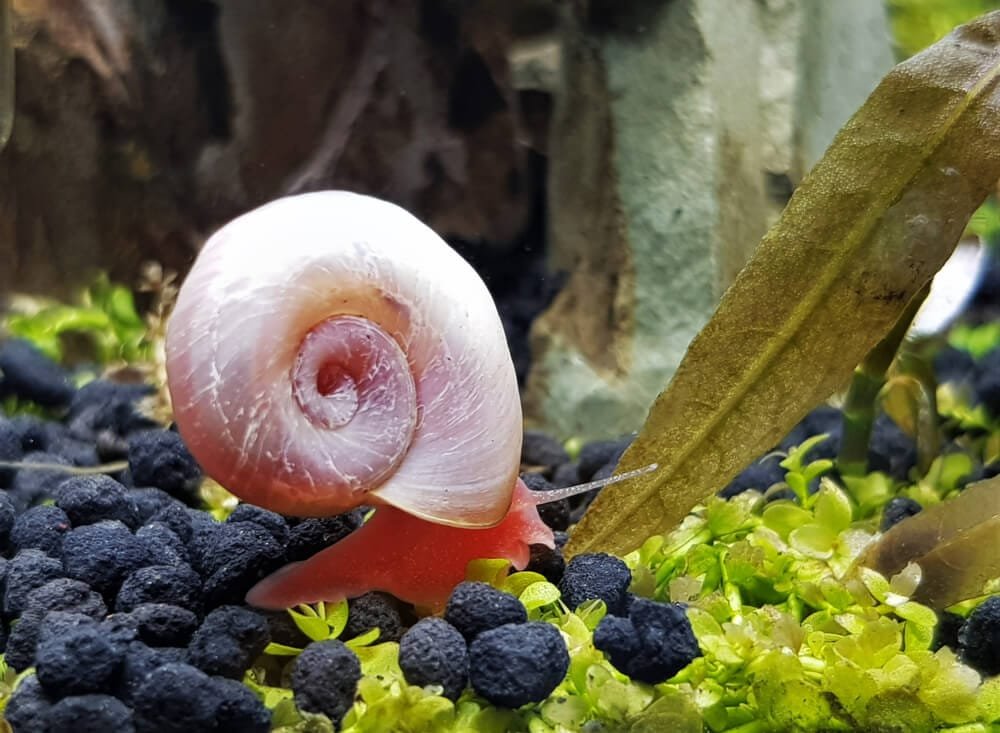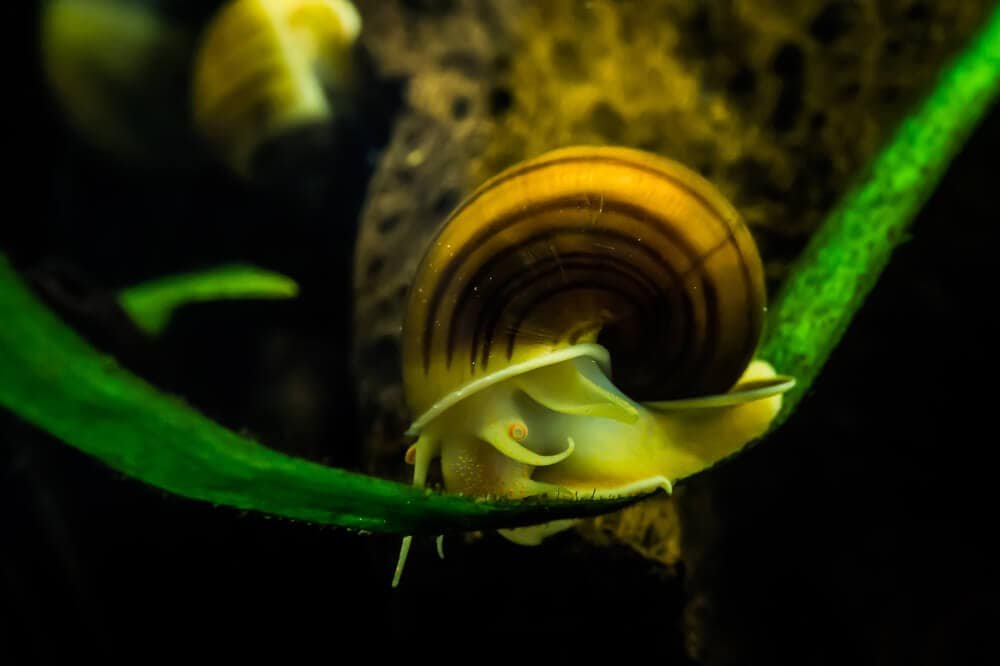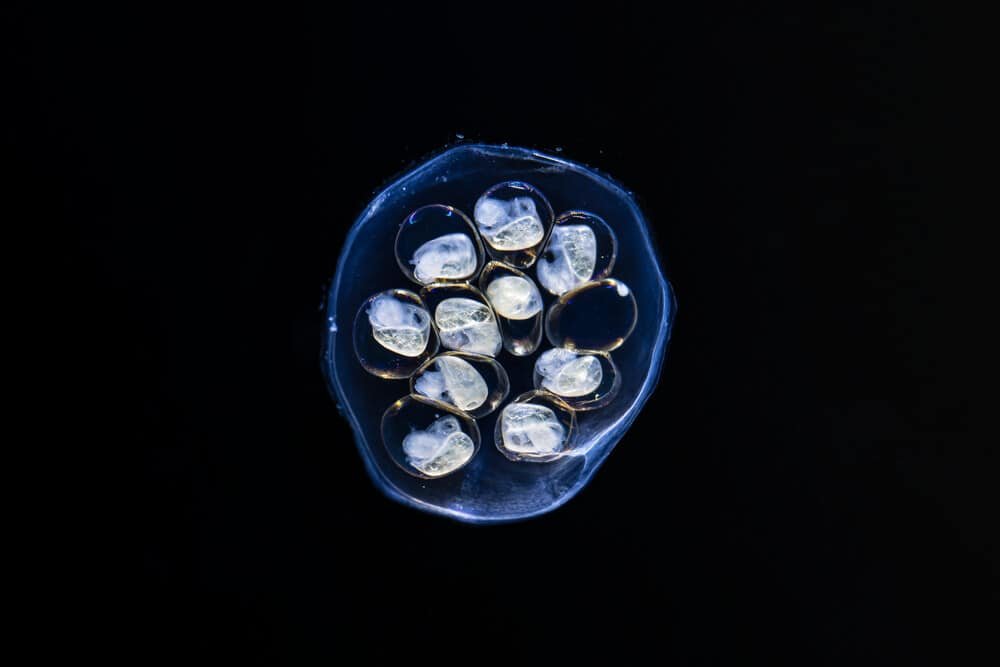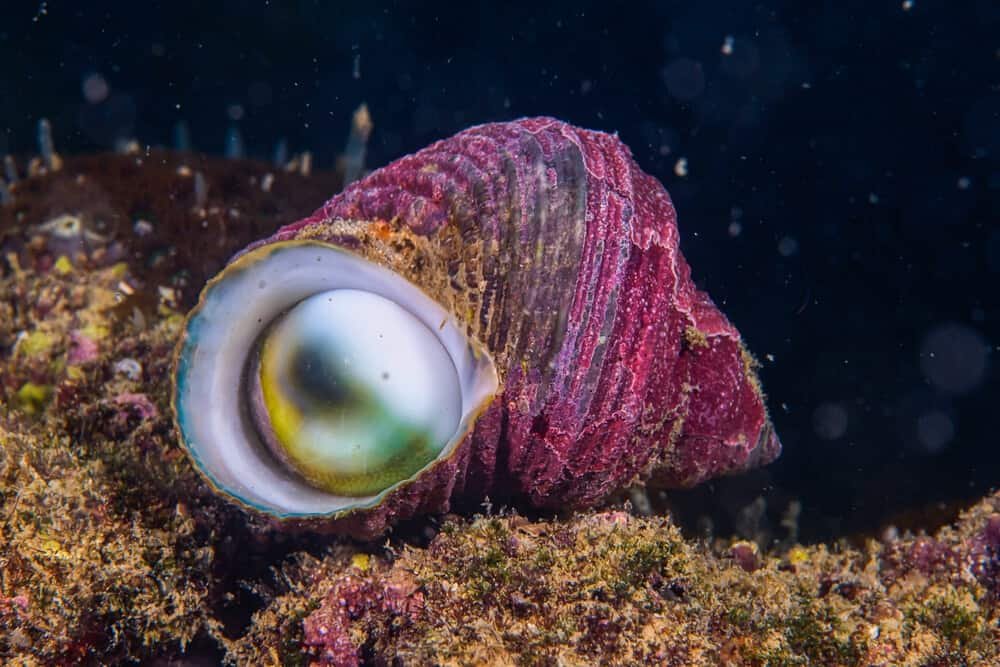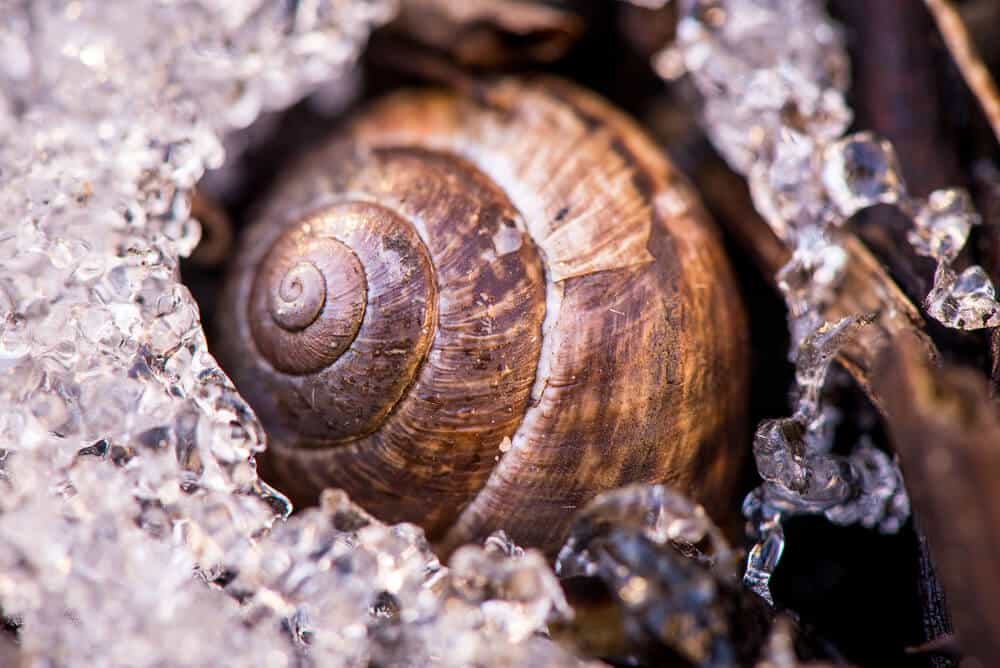Why Are My Snails At The Top Of My Tank?
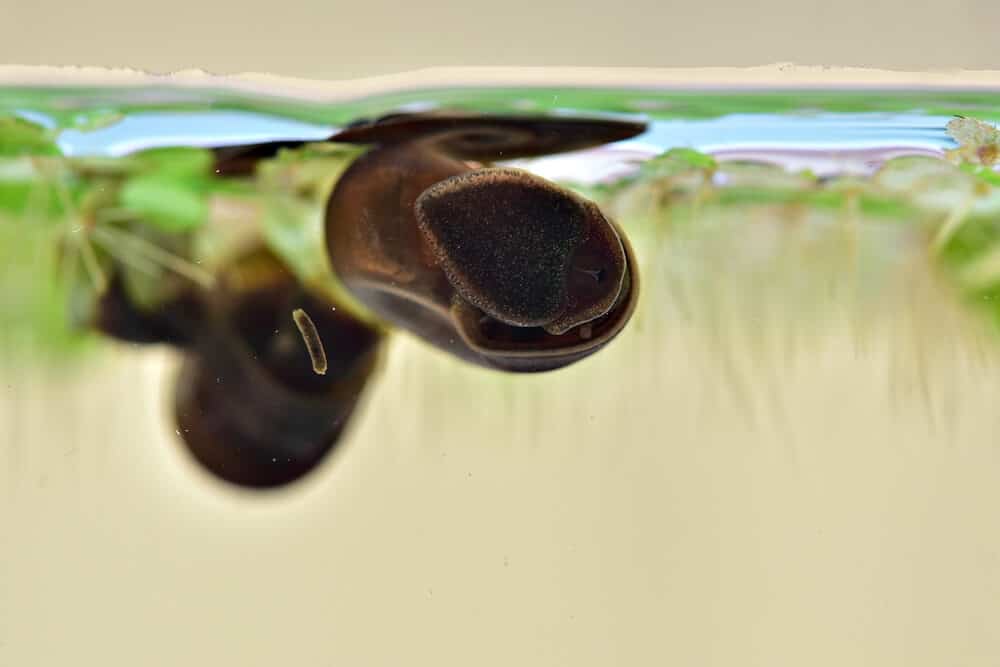
Snails frequently inhabit the top of aquariums for several reasons. This behavior can be perplexing when your snails are typically seen gently creeping down the tank’s bottom.
However, it’s completely normal behavior if you’ve spotted your snails climbing to the top of the tank.
Reasons Why Your Snails Go to The Top of Your Tank
Seeing them climbing the top can actually signify a healthy, well-maintained aquarium.
Nonetheless, to ensure the welfare of your aquatic pets, it is important to know the various causes of your snails climbing to the top of the tank.
Food
The most common reason for snails near the top of the aquarium is that they are looking for food.
Snails are opportunistic eaters, absorbing everything, including fish food, algae, and rotting plant materials. Therefore, they might ascend to the top of the tank to look for other food if they’ve consumed all the food at the bottom.
This is particularly true for snail species that prefer the algae or living plants on the water’s surface.
Furthermore, because algae grow more easily in areas exposed to light, your snails might head to the tank’s top in search of their next meal.
Giving your snails a balanced diet that meets their nutritional requirements will keep them from climbing to the top of the container.
Consider giving them algal wafers or pellets that settle to the bottom of the tank.
Oxygen
Your snails may also be at the top of the tank because they are attempting to escape, which is more likely if the water quality in your tank is poor.
They frequently move up to the top of tanks to get oxygen, which makes sense because the water at the top of the tank is typically more oxygen-rich than the water at the bottom.
Snails have a bodily system that allows them to absorb oxygen from the surrounding air and gills that let them breathe underwater.
As a result, when the snails detect a lack of oxygen at the bottom of the tank, they may prefer to climb to the water’s surface to breathe easier.
When you notice that the majority of the snails gather at the top of the aquarium, it is time to pay close attention to the oxygen quality.
You can solve this problem by putting an air stone or filter that causes movement on the water’s surface to boost surface movement.
If your snails are constantly at the top of the tank and appear to be gasping for air, you must inspect both the oxygen and water quality and make any necessary changes.
Water Quality
As mentioned earlier, snails may occasionally reach the tank’s top due to the tank’s poor water quality. This might be due to high ammonia or nitrites, which are toxic to many aquatic animals.
Snails, in particular, maybe the first to express stress due to their sensitivity to water quality.
If your snails are climbing to the top of the tank due to poor water quality, you should test the water and take the necessary steps to make the water more suitable for snails.
This might entail changing the water, adding beneficial microbes, or making adjustments to the pH levels.
Mating Purposes
While they look for a possible partner, a snail population may gather at the top of the tank.
Many snail species, including the Apple Snail, are renowned for their intricate mating rituals, including scaling the tank’s lid and laying eggs above the water’s surface.
To communicate their intentions to other snails in the tank, snails produce pheromones when they are prepared to mate.
It’s better to leave your snails alone and let nature take its course if you suspect they are gathering to mate at the top of the tank.
To prevent overcrowding, you may need to remove some snails from your tank if there are too many.
Pastime
After all, some snails enjoy being on top of the tank. For example, climbing is a favorite pastime of several snail species, such as mystery snails.
Therefore, you should not be concerned if your snails are consistently near the top of the tank and appear healthy and active.

What To Do
If you discover that your snails are climbing the sides of your aquarium, you have a few options:
● First, choose a dependable auto-top-off system, such as Aqualibrium or AutoAqua Smart ATO, to ensure that water levels remain consistently high.
Doing this will avoid any unwelcome dry areas that can develop around mantles due to decreased water levels during evaporation cycles.
Snails enjoy exploring new places, so look for potential exploring routes, such as holes or gaps around filters, and make sure these are firmly closed if necessary.
● Second, consider giving alternate surfaces for them to climb, like rock slabs or pieces of driftwood, as many species prefer to do so versus flopping around hopelessly at lower depths (which can occasionally happen!).
You could even provide floating flora-like duckweed mats to give them something more intriguing to rest on while maintaining cool underwater temps.
This is particularly helpful in the warmer months when things heat up quickly within tanks.
● Next, consider including more hiding places among rocks, plants, etc. They offer safety and assist in reducing stress by providing tiny animals a private place to hide from curious eyes (or fingers!).
In addition, the snails will value having access points at various layers since it allows them diversity when looking for food sources.
It is also comforting to know that there is a location nearby in case any danger or predation risks should suddenly occur.
Conclusion
In conclusion, there are multiple possible causes for your snails to be scaling the sides of your tank.
Although monitoring their behavior is crucial to ensure they’re content and healthy, there might be nothing to worry about.
Asking a veterinarian or other aquatic specialist for advice is always brilliant if you still need to figure out why your snails are near the top of the tank.
Even when there is nothing to be concerned about, it is essential that you recognize the root causes and take corrective action when necessary.
At the end of the day, you can ensure your snails thrive and enjoy their time in your aquarium by providing a healthy environment, a balanced diet, and good water quality.
